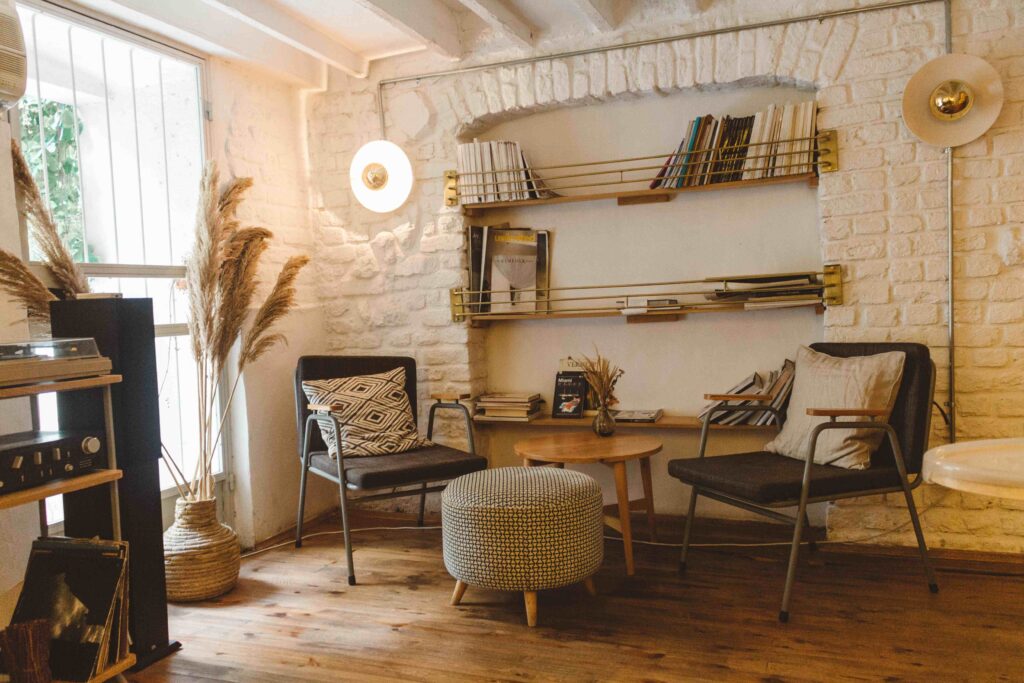In the realm of seasonal rentals, managing properties efficiently is paramount to success. One critical aspect that hosts often overlook is the inventory. This comprehensive process involves documenting the condition of items within a STR, from furniture to appliances, at the beginning and end of their stay.
In this article, we delve into the significance of conducting an inventory, exploring when, how, and why it should be done.
Why Conduct an Inventory
Conducting an inventory of fixtures is essential for several reasons. Firstly, it establishes accountability for both hosts and guests. By documenting the condition of the property at the beginning and end of the stay, hosts can hold guests responsible for any damages beyond normal wear and tear. This process helps mitigate disputes over security deposit deductions and facilitates fair resolution.
Additionally, regular inventories contribute to the preservation of property value. By identifying and addressing maintenance issues promptly, hosts can maintain the property’s condition and enhance its appeal to travelers. Overall, conducting an inventory of fixtures promotes transparency, accountability, and legal compliance in the STR business, fostering positive host-guest relationships and ensuring a secure and satisfying STR experience.
When to Conduct an Inventory of Fixtures
The timing of conducting an inventory of fixtures holds significant importance in the STR timeline. Typically, it should be performed at two key junctures: before a guest arrive in and after they leave.
By conducting the inventory before occupancy, hosts can establish a benchmark for the property’s condition and guest notify for any damages incurred during their stay. Similarly, performing the inventory at the end of the stay allows hosts to assess any wear and tear and determine the appropriate deductions from the security deposit, if necessary.
How to Conduct an Inventory of Fixtures
Executing a thorough inventory of fixtures requires meticulous attention to detail and systematic documentation. Here’s a step-by-step guide on how to conduct this process effectively:
Prepare a Checklist: Develop a comprehensive checklist outlining all items within the property that need to be assessed. This should include furniture, appliances, electronics, fixtures, and any other relevant amenities.
Document Condition: Inspect each item on the checklist and document its condition. Utilize photographs, videos, or written descriptions to capture any existing damages, scratches, or malfunctions.
Note Inventory Discrepancies: If any items are missing or damaged beyond normal wear and tear, make a note of these discrepancies in the inventory report. This documentation will serve as evidence in the event of disputes regarding security deposit deductions.
Include Guest Verification: Involve the guest in the inventory process to verify the accuracy of the documented condition. Encourage them to review the inventory report and provide their input or objections if necessary.
Sign and Date: Once the inventory of fixtures is complete, both the host and guest should sign and date the document to acknowledge its accuracy and authenticity.
Store Documentation Safely: Keep copies of the inventory reports in a secure location for future reference. These documents may be instrumental in resolving disputes or legal proceedings related to property damage or security deposit refunds.
Additional Considerations for Inventory Management
In addition to the core aspects of conducting an inventory of fixtures, hosts/ owners should also consider the following factors to enhance their inventory management practices:
Digital Tools: Explore the use of digital inventory management tools and software to streamline the inventory process. These tools often offer features such as customizable checklists, photo documentation, and secure storage of inventory reports.
Communication with Guests: Maintain open lines of communication with guests, particularly regarding property rules and any concerns related to the inventory of fixtures. Encourage guests to report any damages or maintenance issues promptly to facilitate timely resolution.
Educational Resources: Provide guests with resources and guidelines on how to maintain the property’s condition during their stay. This proactive approach can help prevent avoidable damages.
Conclusion
The inventory of fixtures is a fundamental aspect of managing STR effectively. By conducting thorough inventories at the beginning and end of the stay, host can protect their investments, mitigate disputes, and maintain positive relationships with guests. Moreover, this process promotes transparency, accountability, and legal compliance in the STR business, contributing to a thriving and sustainable rental market.
By adhering to best practices and prioritizing the inventory of fixtures, hosts can optimize their seasonal rental businesses and provide guests with a secure and satisfying vacation experience.






